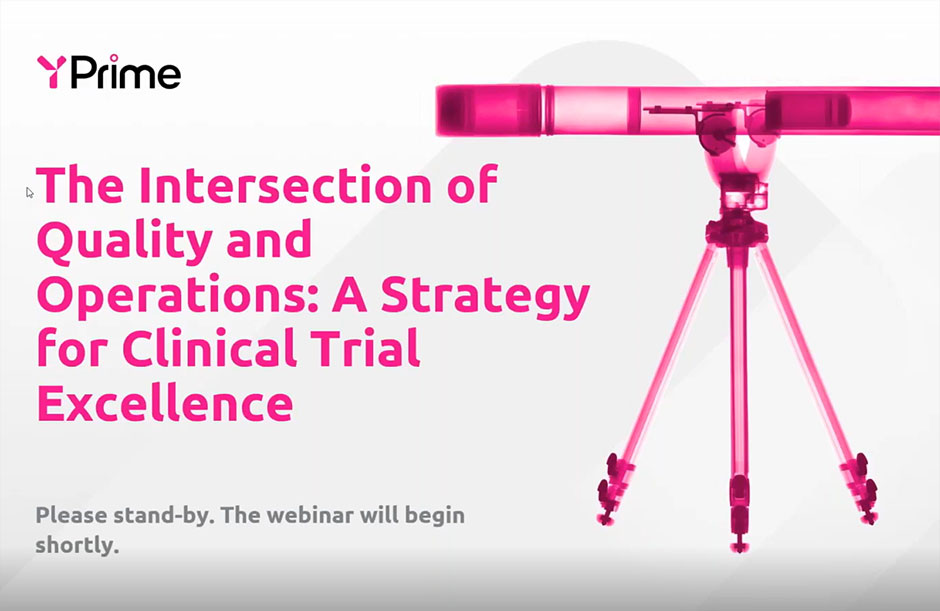With over 20 years of experience in clinical trial compliance, one truth has consistently emerged: quality is not merely a checkbox—it’s the bedrock of trial success or failure.
Imagine this scenario: you’re leading a Phase 3 trial for a promising oncology drug. Just three months in, your team uncovers significant data discrepancies across multiple sites. To make matters worse, the FDA is scheduled for an inspection in six weeks. As the clock ticks, delays accumulate, and you scramble to address the issues.
Sadly, this situation is all too common. Research indicates that data quality issues plague clinical trials, keeping nearly 50% of industry professionals up at night.1 These problems not only jeopardize patient safety and regulatory compliance but also cost the pharmaceutical industry billions each year.
The Hidden Cost of Poor Clinical Quality
The clinical trial industry has taken a reactive stance on quality for far too long. Having conducted hundreds of audits, I’ve seen how the real costs of poor quality reach far beyond the balance sheet. Every lapse not only risks patient safety but also prolongs regulatory submissions by months and adds millions in unexpected costs for data cleaning and rework. These issues damage relationships with sites and investigators and diminish credibility with regulatory authorities. Today’s complex clinical trials demand a proactive, transformative approach to quality.
The Quality Transformation We Need
Clinical trial management requires a complete overhaul in how we approach quality. Risk-based quality management (RBQM) cannot remain a buzzword; it must become the foundation for our quality systems. This means embedding continuous risk assessment protocols, real-time monitoring, and clear, trigger-based escalation procedures across trial processes.
The industry average of 110 days for corrective and preventive action (CAPA) resolution is unsustainable. To keep up with today’s complexities, we should aim for 30-day CAPA resolution, leveraging automated data verification and predictive analytics for early risk detection. This isn’t just about speed—it’s about creating a quality system capable of keeping pace with the demands of modern trials.
The E6(R3) GCP Evolution
The upcoming E6(R3) Guideline2, prepared by the International Council for Harmonisation (ICH) and expected to be finalized soon, will further emphasize the importance of quality in clinical trials. Having participated in several ICH working groups, I can tell you this revision fundamentally shifts how we approach quality in clinical trials. The new focus on quality-by-design principles means we need to build quality considerations into our trials from the very beginning—not bolt them on at the end. The emphasis on risk-proportionate approaches allows us to focus our resources where they’ll have the most impact, while strengthened documentation requirements ensure we can demonstrate our quality processes to regulators.
Building a Culture of Quality
In my experience, trials that succeed have one thing in common: a culture where quality is a shared responsibility. This involves fostering an environment where site staff feel comfortable raising concerns without fear of repercussion, establishing clear escalation pathways for issues, and investing in and committing to ongoing training and development. Perhaps most importantly, it means celebrating quality achievements and treating near-misses as learning opportunities.
Clinical trial quality isn’t just about avoiding FDA Form 483s or safeguarding the budget—though it certainly helps with both. Quality ensures the clinical trial data we generate truly reflects the safety and efficacy of the treatments we develop. From countless hours spent in FDA meetings, I can confirm that while shortcuts don’t exist, smarter pathways do.
When implemented effectively, a robust clinical trial quality system becomes a powerful competitive advantage. It reduces costs, shortens timelines, and, most importantly, helps ensure the treatments developed are safe and effective for the patients who rely on them. In an industry where patient lives are at stake, quality isn’t just a business priority—it’s a moral imperative.
Check Out Our Other Clinical Trial Quality Resources
about trial design, data capture, operational efficiencies, and, ultimately, solving for certainty in clinical research.



